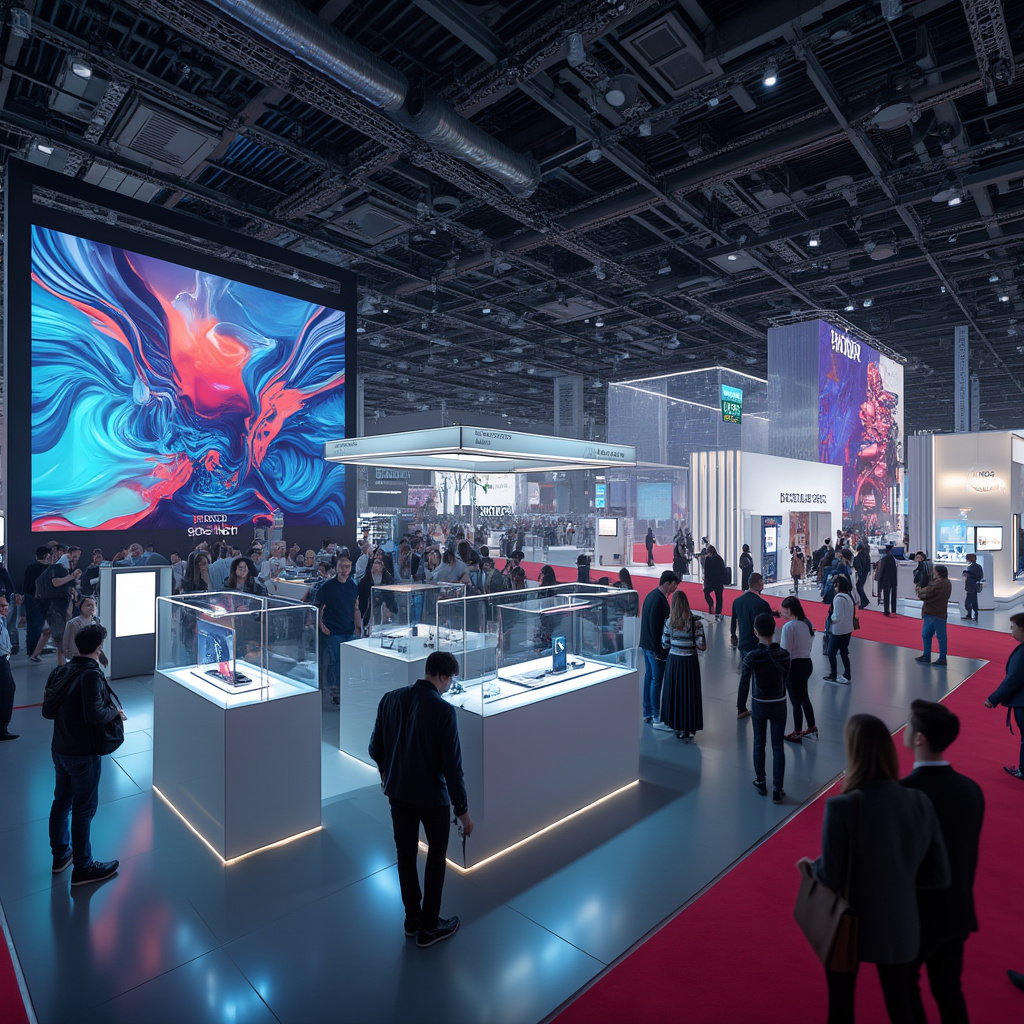
The theme of MWC 2025 is clear: artificial intelligence (AI), advanced camera systems, and sustainable technology are taking center stage. From foldable displays to 6G discussions, the event highlights the mobile industry’s rapid evolution and its focus on integrating smarter, more efficient solutions into everyday devices.
Major smartphone manufacturers have already unveiled their latest creations. Xiaomi, Honor, and Nothing are among the brands making waves with their new devices, each offering unique features that cater to different user needs. Meanwhile, companies like Lenovo are pushing the boundaries of innovation with concept devices that blend functionality with futuristic design.
Wearables and accessories are also getting their moment in the spotlight. Honor’s Watch 4 Pro and other smart devices are showcasing how health tracking and connectivity are becoming more seamless. These advancements underscore the growing importance of ecosystem integration in personal technology.
As the event progresses, attendees can expect deeper dives into emerging technologies like augmented reality (AR), virtual reality (VR), and the potential of 6G networks. For now, one thing is certain: MWC 2025 is setting the tone for a future where mobile technology is not just about connectivity but about redefining how we interact with the world.

Lenovo showcased innovative concept devices, including a laptop with a solar panel integrated into its lid, a step toward sustainable tech. This concept highlights the industry’s growing focus on eco-friendly designs and renewable energy solutions.
AI advancements were another key area of focus. Google announced enhanced AI features for Android, particularly in image recognition, which promises to elevate camera capabilities and overall user experience. Qualcomm also made waves with its AI Hub platform, a developer-friendly tool designed to streamline the creation and deployment of AI models on Snapdragon-powered devices. These developments underscore the industry’s commitment to leveraging AI for smarter, more intuitive smartphones.
Discussions on network technology were prominent, with 6G taking center stage. While commercial deployment is still years away, the potential applications and advancements in connectivity were widely debated. Meanwhile, telecom companies shared updates on 5G adoption, showcasing new use cases that highlight the transformative impact of faster and more reliable networks.
Emerging technologies like AR and VR also saw significant progress. Several companies demonstrated cutting-edge applications and hardware, offering glimpses into immersive experiences that blur the line between physical and digital worlds. Foldable and flexible display technologies continued to evolve, with manufacturers presenting sleek concept devices that push the boundaries of smartphone design.
Overall, MWC 2025 is painting a clear picture of the future of mobile technology—one where AI, cameras, and sustainable practices converge to create devices that are not only powerful but also environmentally conscious. The event serves as a testament to the industry’s relentless pursuit of innovation and its commitment to shaping a connected, smarter world.
Conclusion
Mobile World Congress 2025 has once again proven to be the epicenter of mobile technology innovation. With a strong emphasis on AI, advanced camera systems, and sustainable tech, this year’s event has set a clear roadmap for the future of mobile devices. From groundbreaking smartphone launches by brands like Xiaomi, Honor, and Nothing, to Lenovo’s innovative concept devices, the showcase has highlighted the industry’s commitment to blending functionality with futuristic design.
The integration of wearables, AR/VR technologies, and 6G discussions has further emphasized the mobile industry’s evolution beyond traditional connectivity. As the event progresses, attendees and enthusiasts can expect even more insights into how these technologies will redefine human interaction and daily life. MWC 2025 is not just a showcase of gadgets—it’s a glimpse into a smarter, more connected, and environmentally conscious future.
Frequently Asked Questions (FAQs)
What are the key themes of MWC 2025?
The key themes of MWC 2025 include artificial intelligence (AI), advanced camera systems, sustainable technology, and the exploration of 6G networks. These themes highlight the industry’s focus on smarter, more efficient, and eco-friendly mobile solutions.
Which brands made significant announcements at MWC 2025?
Major brands like Xiaomi, Honor, Nothing, and Lenovo made significant announcements, showcasing new smartphones, wearables, and concept devices. Additionally, companies like Google and Qualcomm shared updates on AI advancements and network technologies.
When can we expect 6G to become a reality?
While 6G was a major topic of discussion at MWC 2025, commercial deployment is still several years away. The event primarily focused on its potential applications and the ongoing research in this space.
What AI features were announced for Android devices?
Google announced enhanced AI features for Android, particularly in image recognition, which promises to elevate camera capabilities and overall user experience. Qualcomm also introduced its AI Hub platform for Snapdragon-powered devices.
What’s next for foldable and flexible displays?
Foldable and flexible display technologies continued to evolve at MWC 2025, with manufacturers showcasing sleek concept devices. These advancements suggest a future where smartphone design pushes the boundaries of form and function.

 MWC 2025: Discover the Latest Phones, Gadgets, and Expert Insights from Barcelona
MWC 2025: Discover the Latest Phones, Gadgets, and Expert Insights from Barcelona
0 Comment